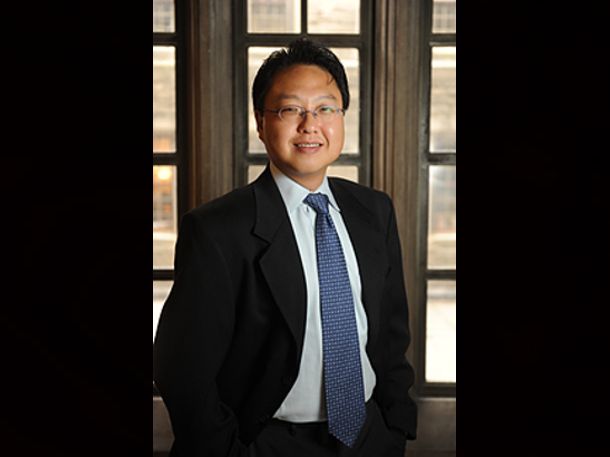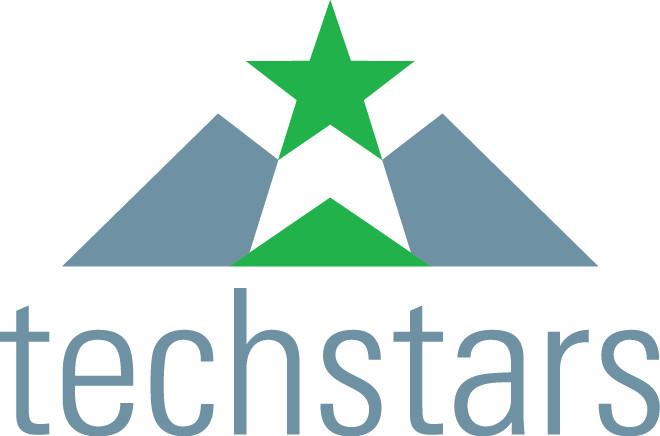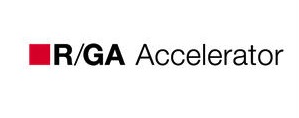
Calvin Chu, Managing Director of the R/GA Connected Devices Accelerator, powered by TechStars, shares his thoughts on the emergence of new manufacturing in New York City. Chu is a specialist in hardware and “Internet of Things” trends, and is also a member of the World to NYC advisory board. On Wednesday, May 14, Calvin will speak about “NYC and the Future of New Manufacturing” at the closing lunch of the World to NYC three-day program.
New York International: Why do you promote “new” manufacturing in New York City?
Calvin Chu: When it comes to doing hardware, everywhere you look there are so many things that are not connected, that are not smart. So it’s a wide-open green field right now. What that means is we are now at a place where there’s a breath of fresh air, where people can try for anything.
NY Intl: Why is New York City the right place for new manufacturing?
Calvin: I think in the last two years a lot of the enabling companies in the maker space–in 3D printing and in industrial design–they’re all setting up their base of operations in the five boroughs. There are a lot of reasons for that, among which demographics is key as well as access to venture capital and access to talent.
Calvin Chu’s take on Demographics, Talent, and Venture Capital
Demographics
- Having the high population density and a diverse population has been intensely good for new startups building up products; not only can they bring products out to a diverse set of demographics to do their testing and focus groups, they can also bring in a wide group of perspectives that cannot be found anywhere else in the world. You can’t go to Shenzhen and test diverse population groups; you can’t field test there to see what a product would sell like in America or in Italy, or Russia. But in New York City we can get to neighborhoods with those populations within thirty minutes of anywhere in Manhattan. You can’t do that in many other places.
Access to Talent
- We don’t have a big hardware anchor company here that’s pulling in all the talent and “raising the floor” on the costs of this kind of talent. Because New York has traditionally been in manufacturing, there are so many people in diverse communities who are very knowledgeable and have experience in electronics, industrial engineering, and mechanical engineering. All these startups can get to them so easily.
Access to Venture Capital
- We have Union Square Ventures bringing in companies such as Shapeways [a Dutch 3D printing business that moved its headquarters to NYC]; they’re moving companies here. We’re bringing C-Stage companies here and they’re staying. They’re seeing that having this confluence of different factors coming together in one place is a big deal for these startups.
The New New York City
NY Intl: What can this new industrial revolution mean for New York City?
Calvin: It’s going to be the next big sector for New York. We already have fashion, we have media, we have finance. Increasingly, these things can happen anywhere. You have ad-tech companies popping up in many different places; finance has all their capitals all over the world. But when it comes to hardware there are few places in the world that are perfect for this.
While the Bay Area is huge, New York is rising really fast because though we don’t have Apple here pulling in all the talent to one place, we have a diverse set of small startups that are willing to do anything possible and hire people to do what’s needed. Having this diversity among the startups doing this is going to really build up the “street-cred” of New York. In New York we can have one hundred, two hundred, five hundred companies that are attacking this whole new green field. We’re poised to become the leader in IoT.
NY Intl: How should the city and government get involved?
Calvin: Compared to other places taxes are higher here, there are things that kind of get in the way right now. But the heart is in the right place. Startup New York and Made in NY are happening, and they’re heading in the right direction. I’m really loving what’s happening, but it could be happening faster. I think that having more official support and more people helping to knit together the initial ecosystem is going to be quite key.
NY Intl: What do you think manufacturing will look like in ten years?
Calvin: Already we’re seeing companies build up manufacturing lines in Brooklyn. New Jersey has always been a big printed circuit board (PCB) manufacturing center. Its proximity to New York is really fortuitous because all the chemical stuff we can’t do here, or maybe we don’t even want to do here, is available in New Jersey. In a few years time, when these companies can get stuff from one place to another more quickly, we can get PCBs over to Brooklyn, have circuit boards being manufactured and moved to Manhattan. We can have a complete end-to-end ecosystem where we don’t need to outsource beyond the Tri-State area. Having a manufacturing zone such as Detroit has with automotive is a big deal—this is what I envision particularly for small runs.
 For startups, when they’re first starting up they might just need a hundred or five hundred pieces of something to try out an idea at low risk, you can’t do that by going overseas. But when you have a lot of companies in a manufacturing space working in a tight-knit manner, we can get to a place where a startup can go from concept to a complete end product in a very short amount of time, for not a lot of cost. That’s the way I see it. Over a longer period we’re going to start to see bigger manufacturing capabilities coming to the area as well.
For startups, when they’re first starting up they might just need a hundred or five hundred pieces of something to try out an idea at low risk, you can’t do that by going overseas. But when you have a lot of companies in a manufacturing space working in a tight-knit manner, we can get to a place where a startup can go from concept to a complete end product in a very short amount of time, for not a lot of cost. That’s the way I see it. Over a longer period we’re going to start to see bigger manufacturing capabilities coming to the area as well.
NY Intl: What needs to be done to take new manufacturing in NYC to the next level?
 Calvin: I would love to see big support from the city and from the state to evangelize this. I would love to see the media pick this up, and really get the word out. The next big thing is really branding; the talent is here, it’s still a bit fragmented and it’s still small – smaller than it could be.
Calvin: I would love to see big support from the city and from the state to evangelize this. I would love to see the media pick this up, and really get the word out. The next big thing is really branding; the talent is here, it’s still a bit fragmented and it’s still small – smaller than it could be.
The next big thing in attracting more talent in the area would be to attract more venture capitalists that are willing to be a part of the ecosystem here. Getting the city and state to contribute in different ways to help build this up is important. Over the short to medium term, we plan to bring more companies here and invest in more companies as well.

